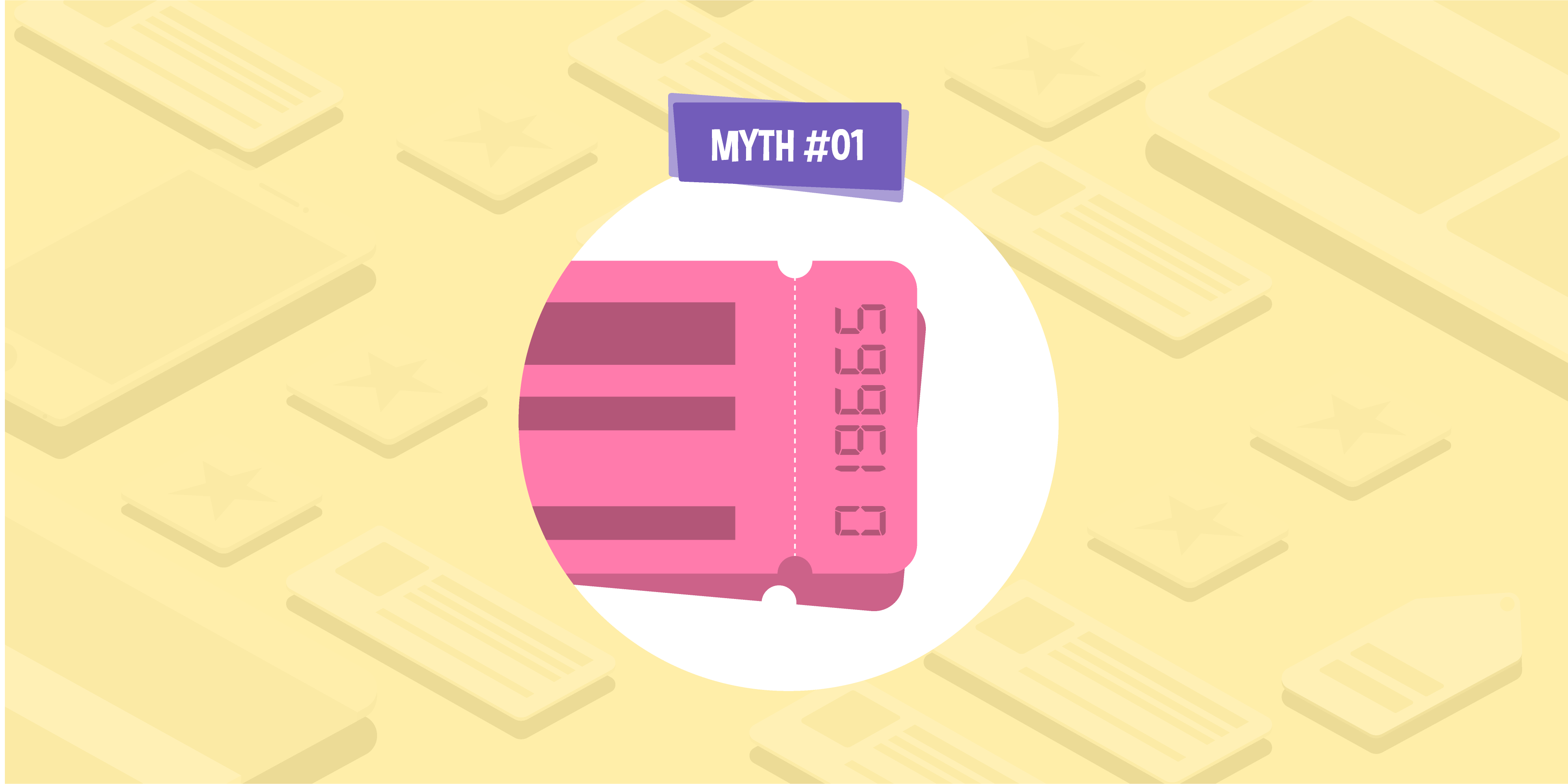
- 03 May 2023
5 ways content clusters can improve your SEO
Also called pillar content or topic clusters, content clusters can be an essential part of SEO. In fact, you may already be using them in your marketing strategy without realising it!
The term ‘content clusters’ refers to a selection of pages all centred around, and linking to, one related pillar topic. So, you’ll have:
Pillar page — A content hub, category, or landing page that covers a topic more generally.
Cluster pages — These will act as subtopics of the main pillar content. Each cluster page should also link back to the pillar page.
Alongside making content ideation a little bit easier, this SEO strategy prioritises internal linking and website structure to help boost your site’s position on the SERP. Here, we’ll outline just how content clusters can impact your SEO, and how you can implement them into your strategy.
1. Develop contextual relevancy
To understand why content clusters can improve your SEO, we first need to look at how Google ranks content. Back in 2015, Google announced a concept called RankBrain, a machine learning algorithm which focuses on topical relevancy, context, searcher intent, and searcher interaction to rank results. It goes beyond keywords, turning queries into concepts, then finds the most relevant pages for that concept. Breaking down a wider topic into subtopics can therefore help Google understand the context of your content to be able to rank it better.
2. Improve site structure
Each subtopic in a content cluster should link back to its main pillar topic as well as to similarly related content. This helps Google comprehend the structure of your site more clearly, so it can better understand which pages are closely related and the hierarchy of those pages.
Internal linking also has the added benefit of improving crawlability. Search engines use internal links as a way to discover and crawl new pages, so by adding inlinks to your new pages right away, you’re giving search engines the opportunity to find and rank that page sooner.
There’s also the concept of ‘link value’. This refers to the ability of a page to pass on some of its authority to a page it’s linked to. If a post has a lot of external and internal backlinks, Google will understand that this page is important, which can boost your chances of appearing higher up on the SERP. This is why link building should also be a focus of your SEO strategy.
3. Focus on user experience
As we’ve mentioned, Google uses certain engagement metrics to determine how useful a result is to the query. If you’ve made use of content clusters and internal links, then searchers are more likely to click through to another area of your site, even if the original result didn’t completely satisfy their query.
Your content may even be able to answer a query they didn’t know they had initially. If you can predict the questions your users might have after reading a page and direct them to where they can find those answers, you’ll be providing helpful content, which is yet another ranking factor.
4. Establish more authority
As we’ve already touched on, search engines like Google want to provide the most useful and reliable results for a query. Content clusters can help here, too. Along with prioritising internal links, this SEO strategy allows you to break down a broader topic into smaller, more detailed guides, so you can cover an idea in greater depth. If Google can see that you’re covering a topic in depth, it’s fair to assume that you know a lot about that subject. Google’s algorithm can then establish your site as the go-to place for your specialist subject, which could potentially improve your position on the SERP.
5. Target less competitive keywords
While you’ll want to target terms that your customers are looking for, some high-volume terms can be incredibly competitive. If your site is relatively new and has a low domain authority, then it will be difficult to rank highly for your top keywords. That’s not to say you shouldn’t focus on those, but incorporating topic clusters into your strategy allows you to target less competitive, long-tail keywords, helping to bring traffic to your site, all while boosting authority and relevancy for your competitive pillar terms.
How to create content clusters
Implementing content clusters into your SEO strategy isn’t difficult. You’ll just need to start with an initial topic and build it out from there.
- Decide on your pillar term. This is usually the high-value keyword that you’d like your site to rank for.
- Figure out what other related terms people are searching for. You can do this using keyword research tools, free tools like Answer the Public, and having a look around at the SERP for People Also Ask Boxes and autocomplete terms.
- Map out your clusters. Remember that some terms may cover the same topic. In these instances, it’s best to target them in one guide to avoid keyword cannibalisation. It’s a good idea to hire a professional SEO content team who can ensure your SEO efforts are having the best impact on your site.
- Get writing!
Because content clusters can influence your SEO performance in so many ways, it’s a good idea to implement them into your strategy if you haven’t already. If you’re not sure where to start, or if you’d like more advice on your content or SEO strategy, get in touch with our friendly team today for a free, no-obligation chat.
Emma Robinson
Content Team Lead

